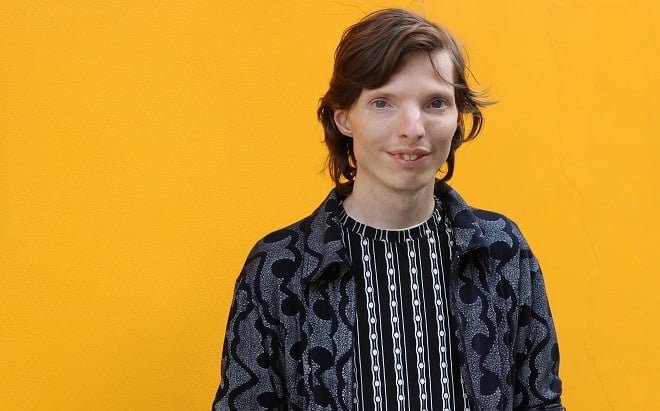
Biography
Nikita Storozhkov was born in 1982 and grew up during the 1990s and was influenced by the artistic atmosphere of the time. A group of artists working in the United Kingdom, who came to be known as the YBAs, or Young British Artists, defined the artistic culture of the 1990s. Affiliated loosely by their age and nationality, they were a diverse group of practitioners. A number of the YBAs attended the Royal College of Art and Goldsmiths in London, and were favoured by the ‘super collector’ of the time, Charles Saatchi. The most famous member of the group is Damien Hirst, and other members included Chris Ofili, Tracey Emin, Marc Quinn, Gavin Turk, Sarah Lucas and Sam Taylor-Johnson (née Sam Taylor-Wood). The YBAs became known for their use of shock tactics and sensationalism, alongside their use of throwaway materials, wild lifestyles and an outlook that was defiant yet enterprising. Due to the large amount of media coverage that they garnered, they dominated British art during the 1990s, and their work was epitomised in the group show ‘Sensation’. Relational Aesthetics, a term coined by curator Nicholas Bourriaud to describe the act of creating art based on human relations and their social context, became a key idea in the 1990s. Works by artists including Douglas Gordon, Gillian Wearing, Philippe Parenno and Liam Gillick were described as important artists who worked to this outline. The art world was influenced by many trends throughout the decade, and was characterised by the derisive sculpture of Maurizio Cattelan, and sensitive, conceptual advancements as shown in the work of artists including Felix Gonzalez-Torres. Conceptual photography began to gain popularity, and was particularly inspired by German ideas and artists. German artists such as Andreas Gursky, Thomas Struth, and Wolfgang Tillmans gained major recognition, and in turn artists such as the Canadian Jeff Wall created works with a cinematic aesthetic that was inspired by the German artists’ work. In terms of painting, Albert Oehlen and Martin Kippenberger secured influential status in the artistic community. In Japan, a trend began to emerge in response to the boom in advertising and consumerism that took place during the 1980s. The comic book culture of manga arose as an art form, and was related to trends in advertising and graphic design. One of the leading contemporary Japanese artists was Takashi Murakami, who coined the term ‘Superflat’, a theory inspired by the aesthetic characteristics of manga and the nature of post-war Japanese culture. Having been inspired by his experiences in New York City in the mid-1990s, Murakami formed an influential group of artists called Kaikai Kiki, which became internationally recognised in a number of countries.







